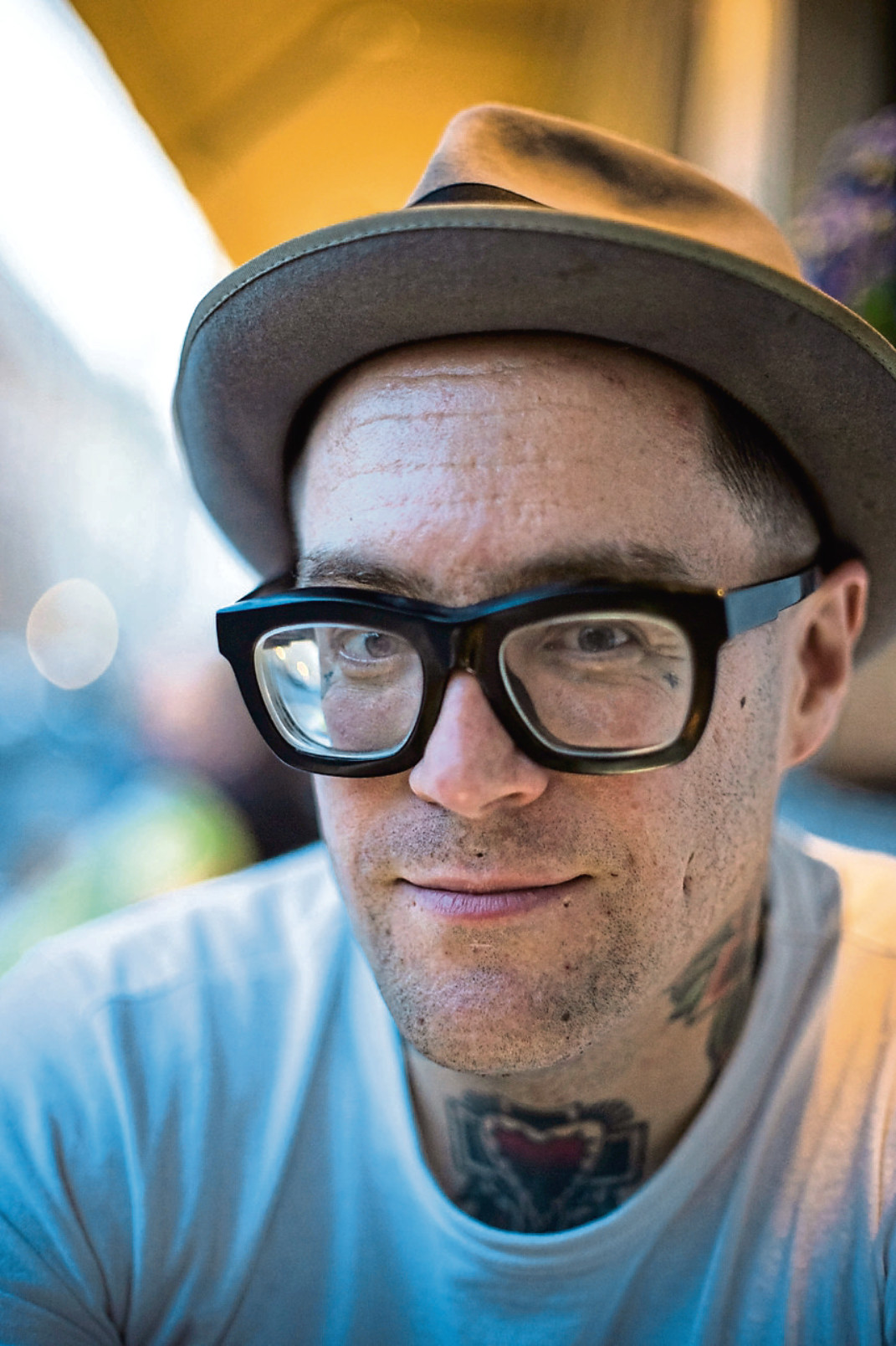
For thousands of years, people have been inked for love and for loyalty, as sign of rebellion or a means to espionage or ostracism.
Now, with access to new unreported material, leading expert and author Dr Matt Lodder tells Sally McDonald the Honest Truth about his new book.
What was the inspiration for this book?
Tattooing has usually been thought of as something which separates people when in reality it binds us. I wanted to show that rather than being stories that are separate from wider concerns and histories, the stories of tattoos can give us fascinating and intimate insights into human lives.
Art historians study old paintings, for example, not because they’re beautiful, but because they can tell us particular things about the people who made and saw them, and the times and places in which they were made. If that’s true for paintings, it is particularly true for the images people have permanently inscribed on their bodies.
How did you choose the 21 tattoos?
The book is divided into five historical moments – ancient history, early modern history, the aftermath of the opening of Japan in 1853, the early 20th Century, and the decades before and after the millennium. Each section has four biographical stories of tattooed people from history, and a contextual introduction.
The 21st story is that of my great-grandmother, who was tattooed around the turn of the 20th Century by her brother. Apparently, she asked him if it would come off, and he said yes!
How long did your research take and where did it take you?
I’ve been really immersing myself in tattoo histories since I was a teenager. Professionally, I have been researching tattooing since 2005, and as my career since 2010. Much of my research is in private collections. I carried out research across the UK, as well as in Europe, Australia, America and Japan.
What was your most surprising or shocking find?
While researching histories of tattooed children, I came across a late 19th-Century account of a lecture in Edinburgh at which a scientist presented the perfectly preserved skin of a tattooed man. He was said to have been tattooed from childhood by his older brother, who was practising to be a tattoo artist.
I contacted the current archivist at the museum to enquire what had happened to this specimen, as it hadn’t been mentioned in the intervening century or so. It turned out that the man’s skin, in two fully-preserved sections and covered in bright sailor tattoos, were still sitting in two frames, almost forgotten, in the depths of a library store. It’s great to be able to include an image of them in the book.
When was the first ever tattoo created or recorded as such?
Ötzi, a Copper Age man from the border between modern-day Austria and Italy about 5,500 years ago. His are to date the oldest surviving tattoos yet confirmed.
The best hypothesis for the purpose of the tally-mark tattoos all over this body are that they were perhaps used for some medical or magical purpose, as they are mostly found on joints where he had inflammation. That said, there are naturally-mummified people from ancient Egypt, who I also talk about in the book, whose tattoos are about as old and which may yet turn out to be even older.
What can tattoos tell us about humanity?
The images people tattoo on themselves are often very basic expressions of some of the most fundamental and universal human experiences – love, hate, patriotism, hope, fear, faith.
Scottish pilgrim William Lithgow was tattooed in Jerusalem in 1612 to mark his religious trip but also to commemorate his allegiance to the Protestant King James with a depiction of a crown. When the Catholic Spanish Inquisition captured him some years later, they were so incensed by that particular tattoo that they tied him to a rack and forcibly removed it!
Painted People: A History Of Humanity In 21 Tattoos is published by William Collins.

Enjoy the convenience of having The Sunday Post delivered as a digital ePaper straight to your smartphone, tablet or computer.
Subscribe for only £5.49 a month and enjoy all the benefits of the printed paper as a digital replica.
Subscribe © SYSTEM
© SYSTEM